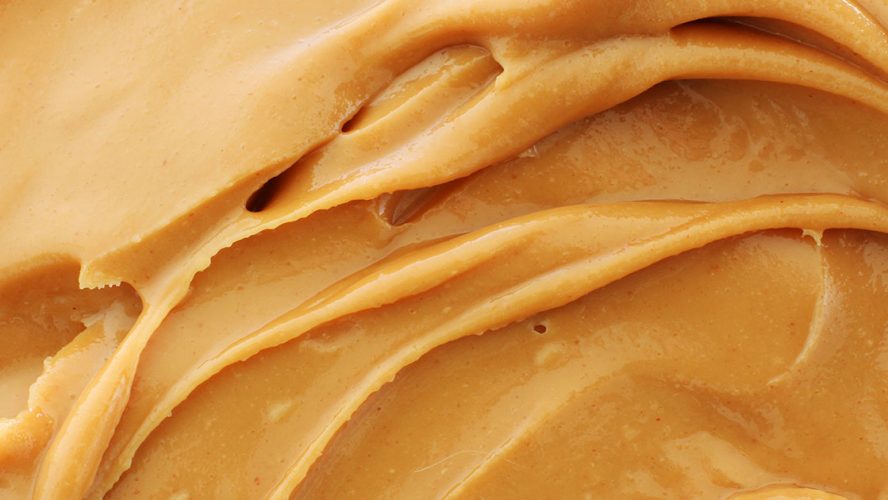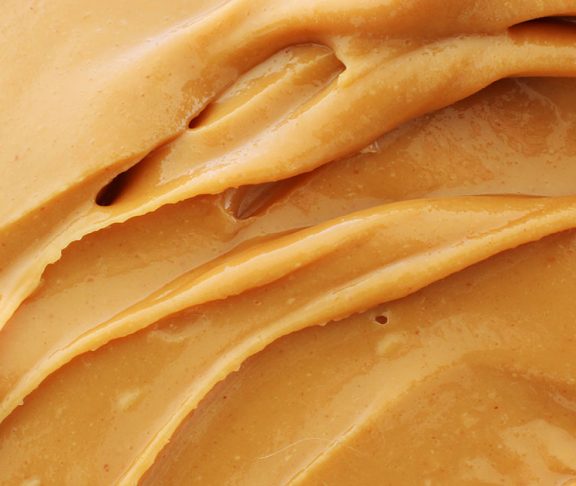Many new parents worry their baby might develop a peanut allergy. They’ll be happy to know that both the National Institute of Allergy and Infectious Diseases and the American College of Allergy, Asthma and Immunology recommend early introduction of age-appropriate, peanut-containing foods to reduce the risk of peanut allergy. The guidelines define high-, moderate- and low-risk infants who may develop a peanut allergy, and how to introduce peanut-containing foods based on risk.
Case-by-case basis
An infant is at high risk for peanut allergy if they have severe eczema or an egg allergy. For those infants, the guidelines recommend introducing peanut-containing foods around four to six months, after having started other solid foods and being comfortable eating them. High-risk infants should be evaluated prior to introduction by an allergist who administers a peanut allergy test. If the test comes back negative, introduction can begin at home. If it comes back positive, the first introduction may need to be done under physician supervision. Studies have shown infants who have a positive peanut allergy test aren’t necessarily allergic.
Moderate- or low-risk children are those with mild to moderate eczema who have already started solid foods or those with no eczema, and they do not need an evaluation. These infants can have peanut-containing foods introduced at home by their parents starting around six months of age.
No infant should be given whole or partial peanuts as they are a choking hazard. Options include peanut butter thinned with water, peanut powder mixed with cereal or fruit/vegetable puree, or peanut-containing puffs.

